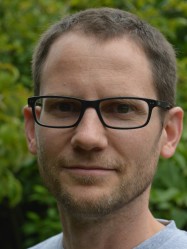BibTex format
@article{Larrazabal:2020:10.1109/TMI.2020.3005297,
author = {Larrazabal, AJ and Martínez, C and Glocker, B and Ferrante, E},
doi = {10.1109/TMI.2020.3005297},
journal = {IEEE Transactions on Medical Imaging},
pages = {3813--3820},
title = {Post-DAE: anatomically plausible segmentation via post-processing with denoising autoencoders},
url = {http://dx.doi.org/10.1109/TMI.2020.3005297},
volume = {39},
year = {2020}
}

